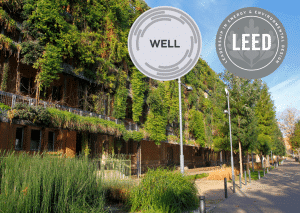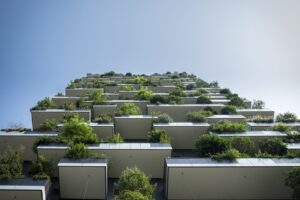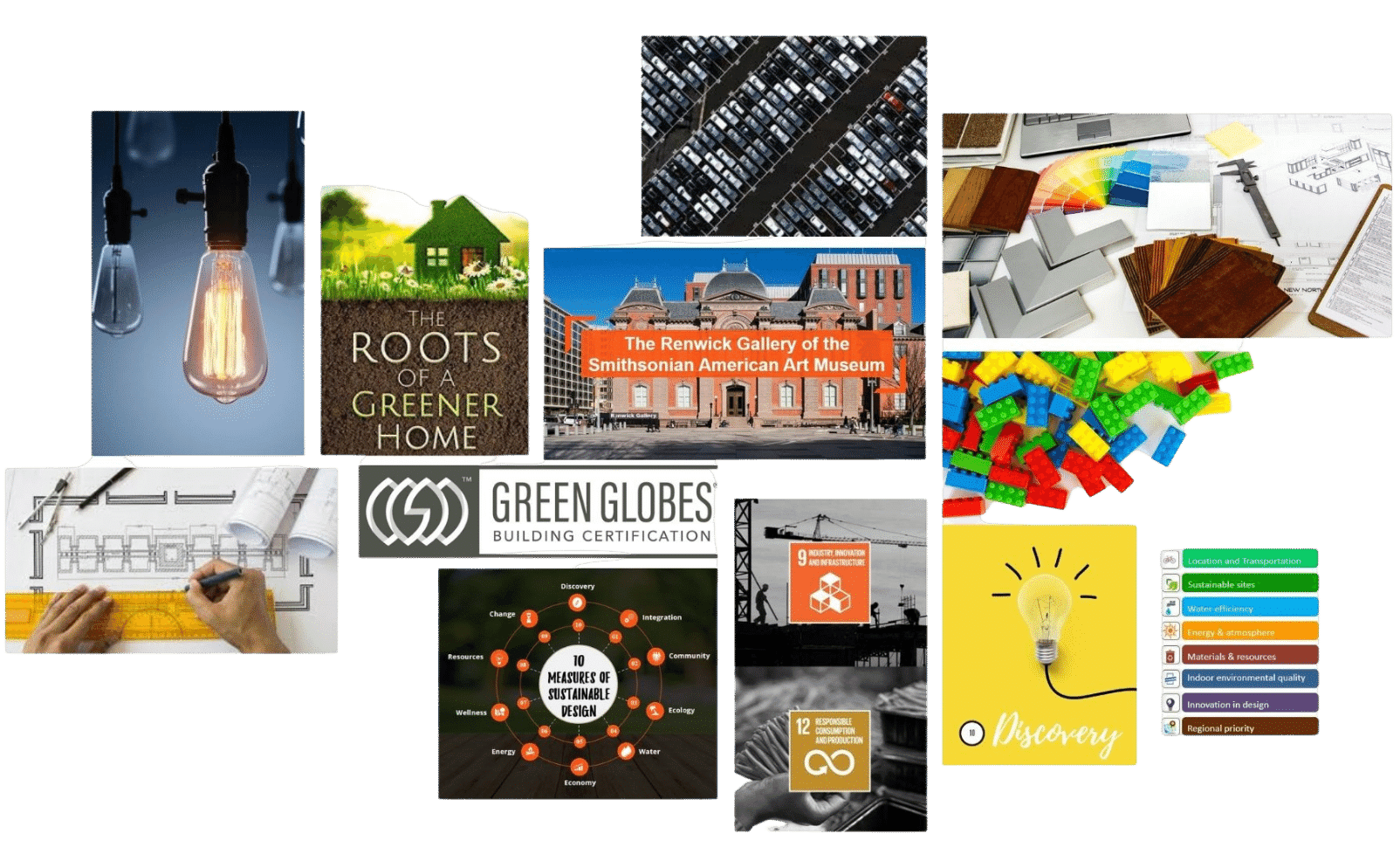What are Sustainable Development Goals (SDGs)?
In September 2015, as part of the 70th session of the UN General Assembly, all the United Nations member states set a collection of seventeen goals, also called the Global Goals, to end poverty, protect the planet and ensure that all people enjoy peace and prosperity by 2030.
By adopting these goals, the participating nations resolved to take the “bold and transformative steps which are urgently needed to shift the world onto a sustainable and resilient path. As we embark on this collective journey, we pledge that no one will be left behind.”
All the seventeen SDGs are interdependent, meaning they recognize that action in one area will affect outcomes in others, and they are also universal, which means they apply to all countries around the world, not just poor countries.
Built on the principle of “leaving no one behind”, the SDGs emphasize a holistic approach to achieving sustainable development for all.
Listed below are the 17 Sustainable Development Goals that aim to transform the world and make it a better place to live in:
Top 17 Sustainable Development Goals
GOAL 1: No Poverty
The first goal aims to eliminate poverty in all its forms, in all parts of the world. It should be noted that there is a strong bidirectional link between poverty and disability. Therefore, the high numbers of persons with disabilities have a profound significance with respect to the implementation of the SDGs. 80% of persons with disabilities live in developing countries, and the failure to include and integrate them in all development activities will mean failure to achieve the SDGs.
GOAL 2: Zero Hunger
This goal aims to put an end to hunger and malnutrition, promote sustainable food production systems, achieve food security and address the nutritional needs of children, adolescent girls, pregnant and lactating women and older people.
GOAL 3: Good Health and Well-being
This goal aims to ensure healthy lives across the globe and promoting the well being among people of all age groups by taking steps to reduce global maternal mortality ratio, end preventable deaths of newborns and young children, put an end to epidemics, promote mental health and well-being, reduce premature mortality from non-communicable diseases, among others.
GOAL 4: Quality Education
Today, more than 262 million children and youth are out of school. Six out of ten are not acquiring basic literacy and numeracy after several years in school. 750 million adults are illiterate, fueling poverty and marginalization. So SDG 4 aims to ensure inclusive and equitable quality education and promote lifelong learning opportunities for all.
GOAL 5: Gender Equality
This goal aims to end all forms of discrimination against women and girls across the globe and to promote gender equality and women empowerment.
GOAL 6: Clean Water and Sanitation
This SDG is about achieving universal and equitable access to safe and affordable drinking water for everyone, achieving access to adequate and equitable sanitation and hygiene across the world, improving water quality by taking steps to minimize pollution and substantially increasing water-use efficiency across all sectors.
GOAL 7: Affordable and Clean Energy
This goal aims to ensure access to affordable, reliable and sustainable energy for everyone, and substantially increasing the share of renewable energy in the global energy mix.
GOAL 8: Decent Work and Economic Growth
Under this goal, the UN member nations aim to promote sustained, inclusive and sustainable economic growth, full and productive employment and decent work for everyone. The goal aims to substantially reduce the proportion of youth not in employment, education or training and to take immediate and effective measures to eradicate forced labor, end modern slavery and human trafficking.
GOAL 9: Industry, Innovation and Infrastructure
This SDG aims to upgrade infrastructure and retrofit industries to make them sustainable, with increased resource-use efficiency and greater adoption of clean and environmentally sound technologies and industrial processes, with all countries taking action in accordance with their respective capabilities. In addition, it aims to promote inclusive and sustainable industrialization, develop quality, reliable, sustainable and resilient infrastructure, and encourage scientific research and innovation.
GOAL 10: Reduced Inequality
This goal aims to reduce income inequality within and among countries, and to “sustain income growth of the bottom 40 percent of the population at a rate higher than the national average.” This goal, known as ‘shared prosperity’, complements SDG 1, the eradication of extreme poverty, and it is relevant for all countries in the world.
GOAL 11: Sustainable Cities and Communities
This goal is to make cities and human settlements inclusive, safe, resilient and sustainable. It aims to provide access to safe, affordable, accessible and sustainable housing and transport systems for everyone and to upgrade slum settlements in developing countries.
GOAL 12: Responsible Consumption and Production
The targets of SDG 12 include using eco-friendly production methods and reducing the amount of waste. By 2030, national recycling rates should increase, as measured in tons of material recycled. Further, companies should adopt sustainable practices and publish sustainability reports. In short, this goal is about responsible consumption and production.
GOAL 13: Climate Action
Climate change is real and affecting communities across the globe causing massive loss of lives and infrastructure, displacing large number of people, disrupting ecosystems and wreaking havoc on the planet in general. So SDG 13 aims to take urgent action to combat climate change and its impacts.
GOAL 14: Life below Water
This goal aims to prevent and significantly reduce marine pollution of all kinds, sustainably manage and protect marine and coastal ecosystems, effectively regulate harvesting and end overfishing and destructive fishing practices, and to minimize and address the impacts of ocean acidification.
GOAL 15: Life on Land
This goal articulates targets for preserving biodiversity of forests, deserts, and mountain eco-systems, as a percentage of total land mass. Achieving a “land degradation-neutral world” can be reached by restoring degraded forests and land lost to drought and flood. SDG 15 calls for more attention to preventing invasion of introduced species and protection of endangered species.
GOAL 16: Peace and Justice Strong Institutions
This SDG targets promotion of peaceful and inclusive societies for sustainable development. It wants everyone to have access to justice and ensures building of effective, accountable and inclusive institutions at all levels. This can be done by significantly reducing all forms of violence and related death rates everywhere, reducing corruption and bribery, and developing effective, accountable and transparent institutions at all levels.
GOAL 17: Partnerships to achieve the Goal
The last goal aims to strengthen the means of implementation and revitalize the global partnership for sustainable development. Increasing international cooperation is seen as vital to achieving each of the 16 previous goals. So SDG 17 is included to assure that countries and organizations cooperate instead of compete.
To sum up, SDGs provide a wide-ranging framework to help us tackle the most pressing social and environmental challenges of our time, and they are pretty ambitious. Achieving these goals will be difficult and expensive. The UN itself estimates that the total cost could be about $11.5 trillion, including $1.4 trillion a year just to achieve SDG 1.
Whilst governments and the public sector will continue to play a key financing role, particularly in the delivery of essential public services, there is greater scope for the private sector to engage in financing many areas of the SDGs to help close the gap.
Global financial assets are sufficient to meet the financing needs of the 2030 Development Agenda, but the challenge is how to channel them into SDG sectors, enhance the risk-return profiles of new and sometimes vulnerable investments, and generate sustained impact on the ground. The United Nations seeks to galvanize action on financing for the SDGs by bringing together governments, the private sector and the civil society.











